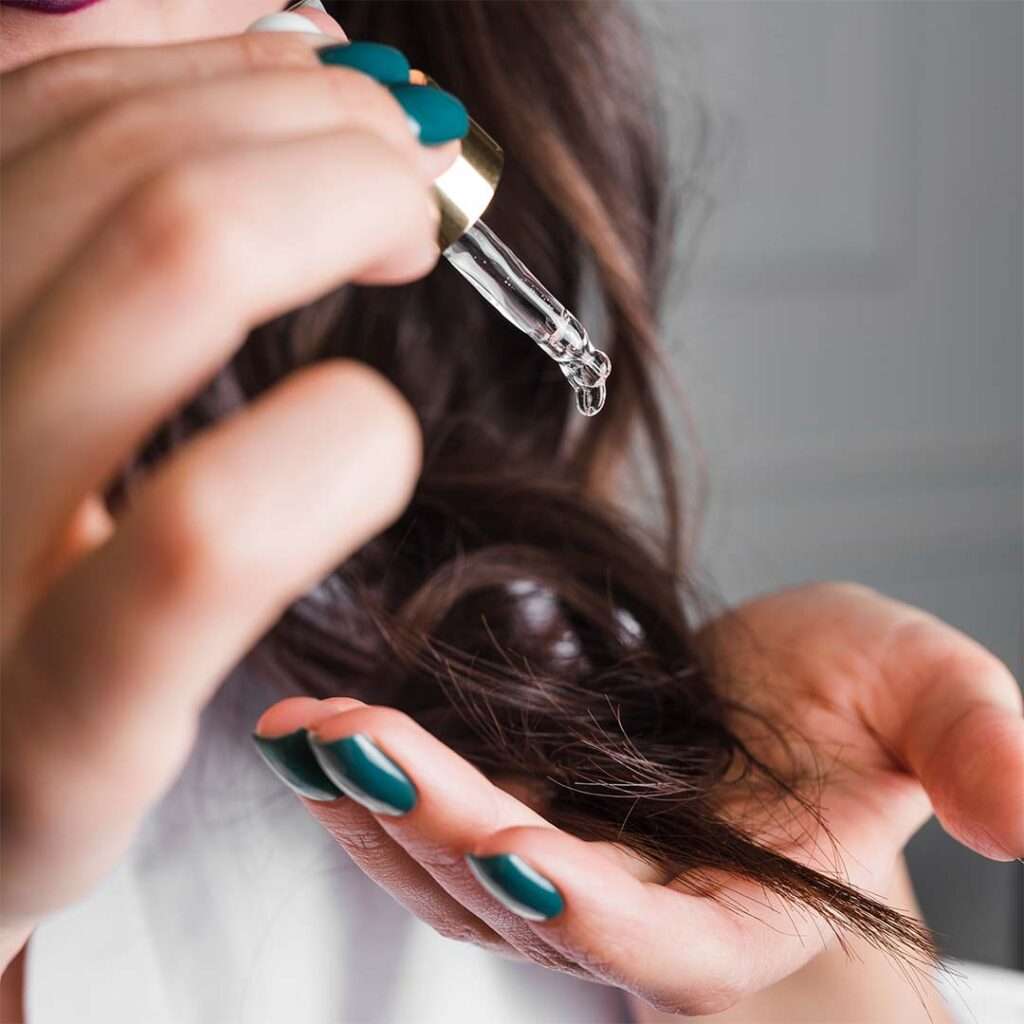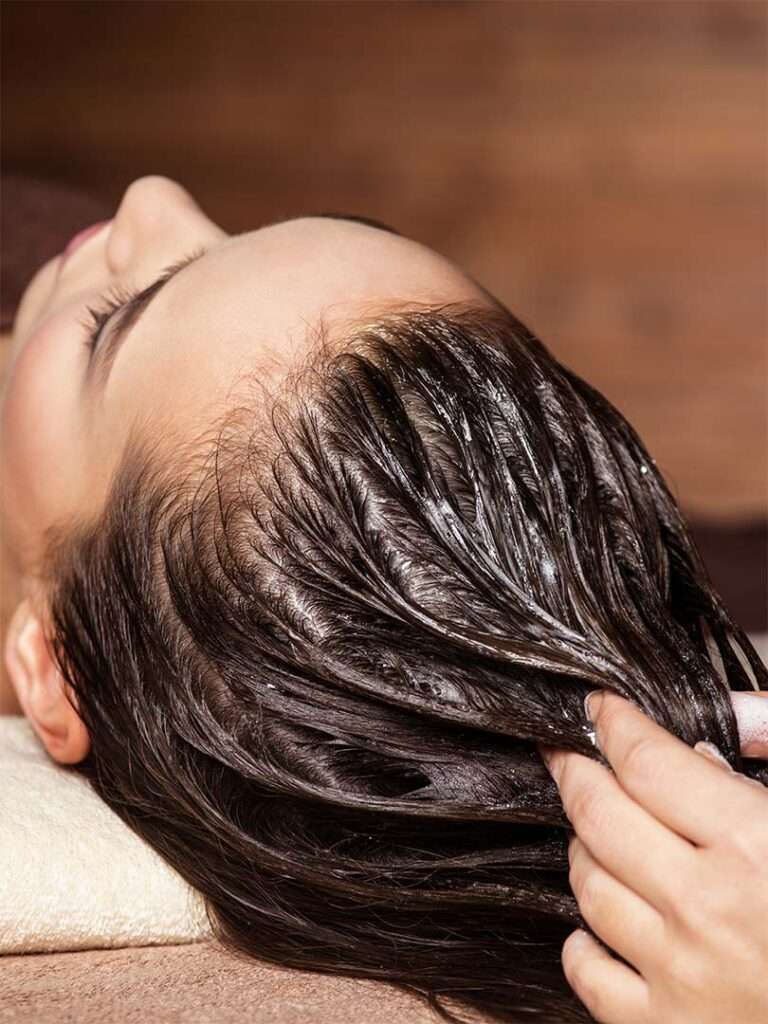We all have different hair types and have to choose haircare products according to it. But still glamup care providing some tips that are applicable to all hair types. We tried to collect them all in this article. See below what we have found for you.
- Understanding the Basics of Healthy Hair
- Tip 1: Follow a Balanced Diet
- Tip 2: Keep Your Hair and Scalp Clean
- Tip 3: Avoid Heat Styling and Overbrushing
- Tip 4: Be Gentle When Towel Drying
- Tip 5: Hydrate Your Hair with Regular Conditioning
- Tip 6: Protect Your Hair from the Sun and Environmental Factors
- Tip 7: Limit the Use of Chemical Treatments
- Tip 8: Trim Your Hair Regularly
- Tip 9: Choose the Right Hair Products
- Tip 10: Manage Stress Levels
Understanding the Basics of Healthy Hair
Before delving into the tips, it’s essential to understand the fundamentals of healthy hair. Our hair is composed of a protein called keratin, which is produced by hair follicles located on the scalp. Each hair strand is made up of three layers: the cuticle, cortex, and medulla.
The cuticle, which is the outermost layer, protects the inner layers from damage. When the cuticle is intact, it smooths the hair, giving it a shiny and healthy appearance. However, if the cuticle becomes damaged or lifted, the hair may appear dull and dry.
Hair health can be influenced by various factors, including genetics, nutrition, lifestyle, and hair care practices. By adopting the following tips, you can promote and maintain the health of your hair, regardless of its type or condition.
Tip 1: Follow a Balanced Diet
A balanced diet plays a crucial role in maintaining healthy hair. Just like our bodies, hair needs essential nutrients to thrive. Including the following nutrients in your diet can contribute to vibrant and strong hair:
- Protein: Hair strands are primarily made up of protein, so consuming a sufficient amount is crucial for their growth and strength. Include lean meats, fish, eggs, legumes, and dairy products in your diet.
- Omega-3 Fatty Acids: Found in fatty fish, chia seeds, and flaxseeds, omega-3 fatty acids provide nourishment to the hair follicles, promoting healthy hair growth.
- Vitamins A and C: These vitamins aid in the production of sebum, the natural oil that keeps the scalp moisturized. Incorporate carrots, sweet potatoes, spinach, citrus fruits, and bell peppers into your meals for a vitamin boost.
- Biotin: Also known as vitamin H, biotin supports hair growth and strength. You can find it in eggs, almonds, avocados, and salmon.

Remember to stay hydrated by drinking an adequate amount of water daily. Hydration is crucial for maintaining the moisture balance in your hair and preventing dryness.
Tip 2: Keep Your Hair and Scalp Clean
Maintaining clean hair and scalp is vital for their overall health. Regular washing can help remove dirt, excess oil, and product buildup. Here are some tips for effective hair cleansing:
- Use a suitable shampoo: Choose a shampoo that is appropriate for your hair type and concerns. For instance, if you have oily hair, opt for a clarifying shampoo to remove excess oil efficiently.
- Massage your scalp: While shampooing, take a few extra minutes to massage your scalp gently. This stimulates blood circulation and helps distribute the natural oils, keeping your scalp healthy.
- Avoid hot water: While it may be tempting to indulge in a hot shower, hot water can strip the hair of its natural oils, leading to dryness. Stick to lukewarm water for washing your hair.

By maintaining a clean and healthy scalp, you create the ideal environment for hair growth and reduce the risk of scalp-related issues such as dandruff.
Tip 3: Avoid Heat Styling and Overbrushing
Excessive heat styling and vigorous brushing can cause significant damage to your hair over time. Here’s what you can do to protect your tresses:
- Embrace your natural texture: Instead of relying heavily on heat styling tools, embrace your hair’s natural texture and experiment with hairstyles that don’t require heat.
- Use heat protectant: If you must use heat styling tools, apply a heat protectant spray or serum beforehand. This acts as a barrier between the heat and your hair, minimizing damage.
- Limit heat exposure: Opt for lower heat settings whenever possible and avoid using heat-styling tools every day. Your hair will thank you for the occasional break.
- Detangle gently: Use a wide-toothed comb or a brush designed for wet hair to detangle your locks after washing. Start from the ends and work your way up gradually to minimize breakage.
Reducing the use of heat and being gentle when detangling can help preserve the strength and integrity of your hair, preventing damage and split ends.
Tip 4: Be Gentle When Towel Drying
After washing your hair, it’s essential to be mindful of how you dry it. Vigorously rubbing your hair with a towel can cause friction and lead to breakage. Follow these tips for a gentle towel drying routine:
- Pat dry: Instead of aggressively rubbing your hair, gently press the towel against your hair strands to absorb excess moisture. Patting is much more gentle and prevents unnecessary friction.
- Use a microfiber towel: Microfiber towels are more gentle on the hair compared to regular towels. They help minimize frizz and breakage, making them an excellent investment for your hair care routine.
- Air dry when possible: Whenever you have the opportunity, allow your hair to air dry naturally. This helps prevent damage from heat exposure and promotes a more relaxed, effortless look.
By adopting a gentle towel drying routine, you can minimize damage and breakage, contributing to the overall health and well-being of your hair.
Tip 5: Hydrate Your Hair with Regular Conditioning
One of the keys to maintaining healthy hair is keeping it well-hydrated. Conditioning your hair regularly can help lock in moisture and prevent dryness. Consider the following tips for effective conditioning:
- Choose the right conditioner: Look for a conditioner that suits your hair type and concerns. If you have dry hair, opt for a deeply moisturizing conditioner, whereas if you have oily hair, choose a lightweight, oil-free conditioner.
- Focus on the ends: While applying conditioner, focus on the mid-lengths and ends of your hair. These areas tend to be drier and require the most attention.
- Deep condition periodically: Treat your hair to a deep conditioning treatment once a week or as needed. This extra dose of moisture can revive dull hair and restore its vitality.
Regular conditioning not only hydrates your hair but also makes it more manageable, reduces frizz, and enhances its natural shine.
Tip 6: Protect Your Hair from the Sun and Environmental Factors
Exposure to the sun’s harsh rays and environmental factors can take a toll on your hair’s health. Shielding your hair from these elements is essential. Here’s what you can do:
- Wear a hat or use a scarf: When spending time outdoors, protect your hair by wearing a hat or using a scarf to cover it. This helps reduce direct sun exposure and shields your hair from potentially damaging UV rays.
- Apply UV protection: Look for hair products that offer UV protection. These products create a barrier against the sun’s harmful rays, minimizing damage and color fading.
- Limit exposure to chlorine: If you frequently swim in chlorinated pools, wet your hair with clean water before jumping in. This helps reduce chlorine absorption, which can lead to dryness and discoloration.
By taking steps to protect your hair from the sun and environmental factors, you can maintain its health and vibrancy for longer.
Tip 7: Limit the Use of Chemical Treatments
Chemical treatments such as perming, straightening, and coloring can significantly damage your hair if not done correctly or in moderation. Here are some recommendations for the potential harm:
- Consult a professional: If you’re considering a chemical, it’s advisable to consult a professional stylist. They can assess your hair’s condition and ensure the treatment is done safely.
- Opt for less damaging alternatives: If possible, explore alternatives that are less damaging to your hair. For example, consider using semi-permanent hair dyes instead of permanent ones or opt for heat-free methods to straighten your hair.
While chemical treatments can be fun and allow for creativity, it’s crucial to approach them with caution and prioritize the health of your hair.
Tip 8: Trim Your Hair Regularly
Regular hair trims are essential for maintaining healthy hair. Trimming removes split ends and prevents them from traveling up the hair shaft, leading to further damage. Consider the following tips when trimming your hair:
- Schedule regular trims: Aim to trim your hair every 6-8 weeks to keep split ends at bay. Regular trims promote healthy hair growth and prevent breakage.
- Invest in professional haircuts: While it’s tempting to trim your hair at home, investing in a professional haircut ensures the best results. A stylist can provide expert advice and address any specific concerns you may have.
By incorporating regular trims into your hair care routine, you can maintain the overall health and length of your hair, ensuring it looks and feels its best.
Tip 9: Choose the Right Hair Products
Using the right hair products is crucial for maintaining healthy hair. Here are some considerations when selecting your hair care essentials:
- Read product labels: Pay attention to the ingredients list and avoid products that contain harsh chemicals, sulfates, and alcohol. Opt for products that are free from these harmful substances.
- Know your hair type: Understanding your hair type is essential for selecting suitable products. Whether you have oily, dry, or color-treated hair, there are products specially formulated to address your specific needs.
- Test before committing: Before fully committing to a new hair product, consider purchasing a trial size or sample. This allows you to test the product and assess its compatibility with your hair without making a long-term commitment.
Choosing the right hair products tailored to your hair’s needs can make a noticeable difference in its health and appearance.
Tip 10: Manage Stress Levels
Believe it or not, stress can have a significant impact on your hair health. High-stress levels can contribute to hair loss, thinning, and even scalp conditions. Here’s how you can manage stress for healthier hair:
- Engage in stress-reducing activities: Incorporate activities such as yoga, meditation, or regular exercise into your routine. These activities help relax both your mind and body, reducing stress levels.
- Prioritize self-care: Take time for yourself and engage in activities you enjoy. Whether it’s reading a book, taking a warm bath, or spending time with loved ones, prioritize self-care to alleviate stress.
- Get enough sleep: Aim for 7-8 hours of quality sleep each night. Sleep is crucial for your body’s overall well-being, and it contributes to maintaining healthy hair.
By managing your stress levels, you create a healthier environment for hair growth and minimize the risk of stress-related hair issues.